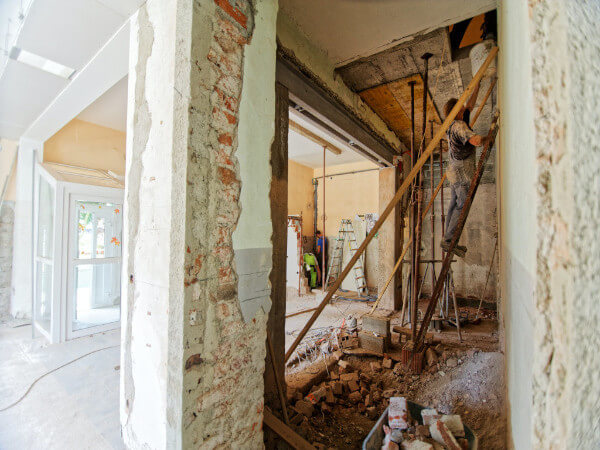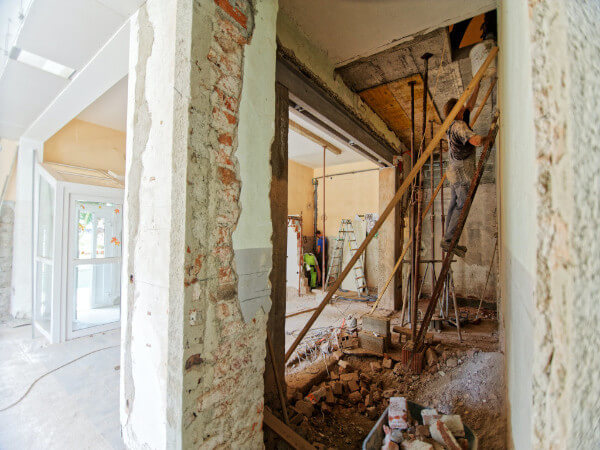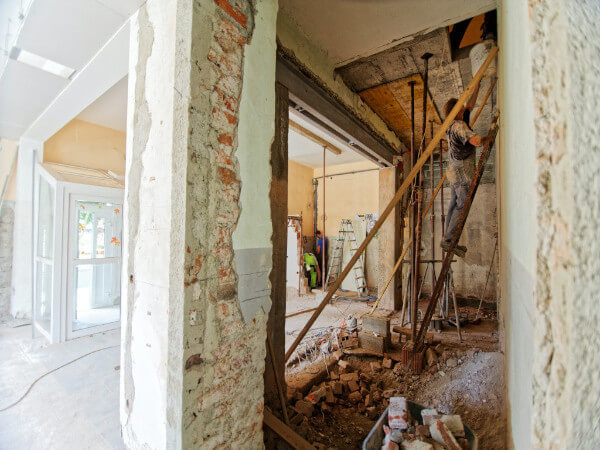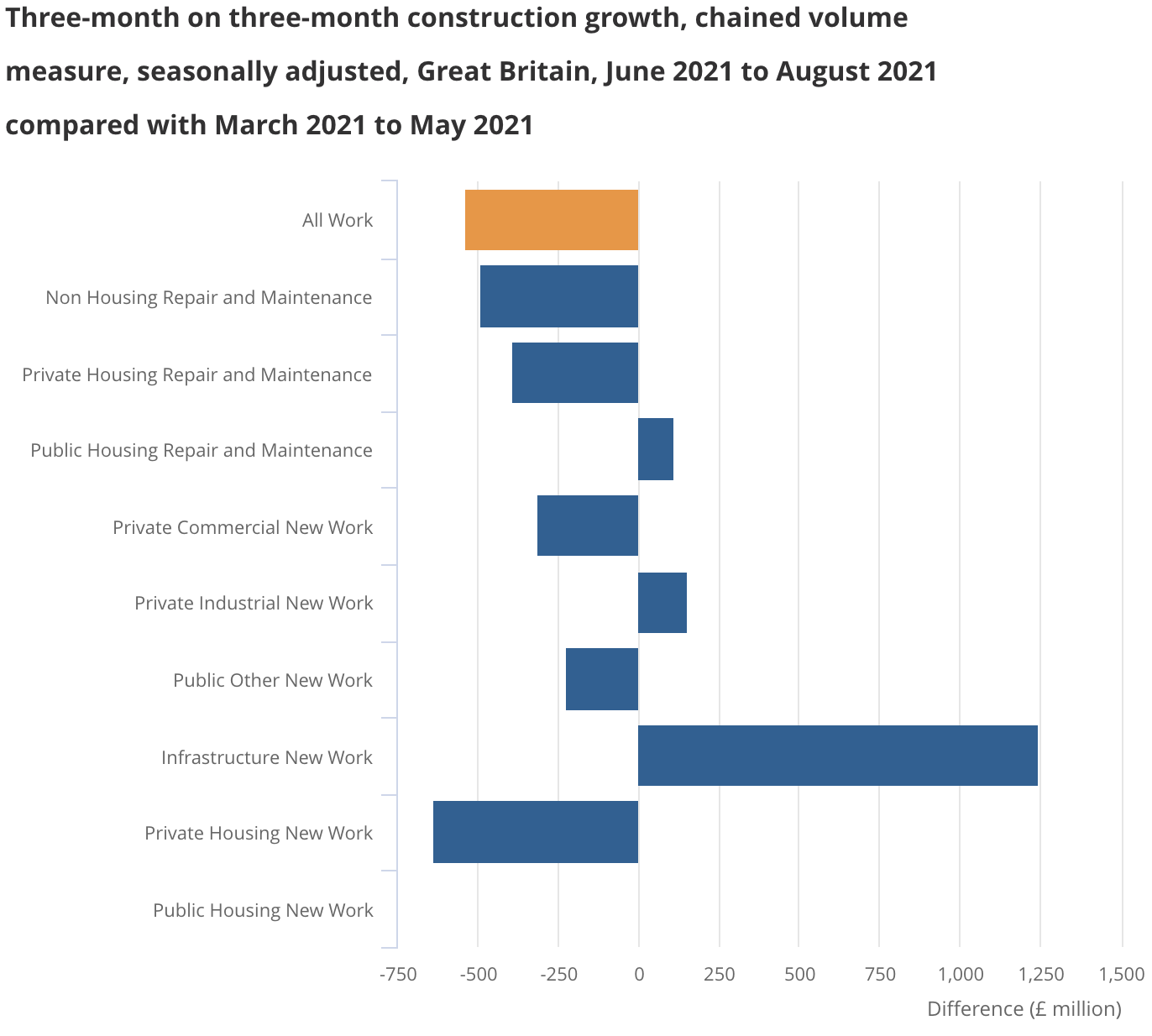All 33 of the London’s local authorities have signed up to a net zero carbon route map to retrofit 3.8m homes across all tenures in the capital to achieve an average EPC B rating by 2030.
The plan, which will be revealed in detail at the end of this month ahead of the Government spending review, could bring about a £98bn investment in the green economy in London, say councils.
The Retrofit London Housing Action Plan has been developed by the London Housing Directors’ Group with support from the London Environment Directors’ Network, the GLA, and Enfield and Waltham Forest as lead boroughs.
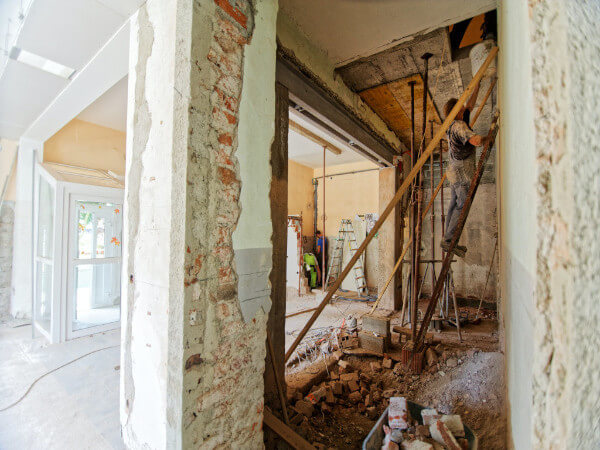
London boroughs are urging ministers to increase local government’s resources for this work.
They want the government to use the upcoming Spending Review to release £30m of funding for the next phase of the UK Cities Climate Investment Commission work.
Councils argue this is necessary to unlock over £200bn of private investment for delivering net zero across the UK’s 12 biggest cities.

The group also wants to see fresh financial incentives to encourage private retrofitting, such as green mortgages offering lower rates and a variable Stamp Duty Land Tax for more energy-efficient homes.
Key principles going forward
• Boroughs need to retrofit their own stock of 390,000 council homes and facilitate retrofit on the whole housing stock across London’s 3.8m homes.
• Planning decisions and guidance should support low-carbon retrofit activity, particularly in finding innovative ways to address the retrofit challenge in conservation areas.
• London needs to move away rapidly from gas heating.
• Boroughs will work collectively to develop skills and procurement models that can build capacity within the sector
The cross-party group London Councils warns the country’s retrofit market is highly unstable after serial failures of past green initiatives to tackle housing carbon emissions.

The National Audit Office slammed delivery standards in the government’s £1.5bn Green Homes Grant scheme as “rushed” and noted the scheme’s design failed to “sufficiently understand the challenges”.
Launched in September 2020 and scrapped in March 2021, the scheme was set up to help homeowners retrofit and insulate their homes.
It warns the industry cannot see a rerun of u-turns on the delivery of the £3.8bn Social Housing Decarbonisation Fund and £2.5bn Home Upgrade Grant.
London Councils says that boroughs’ ambitions for retrofitting the capital rely on targeted government investment, facilitating new private financing opportunities, and encouraging funding by landlords and individual households.

Joanne Drew, Co-Chair of the London Housing Directors’ Group, said: “Boroughs are fully committed to the home retrofit agenda and are proud to pioneer a new collaborative approach.
“Our plan identifies the steps needed to turn ambition into reality, setting out the costs involved and measures we will take to work with residents and landlords.”



